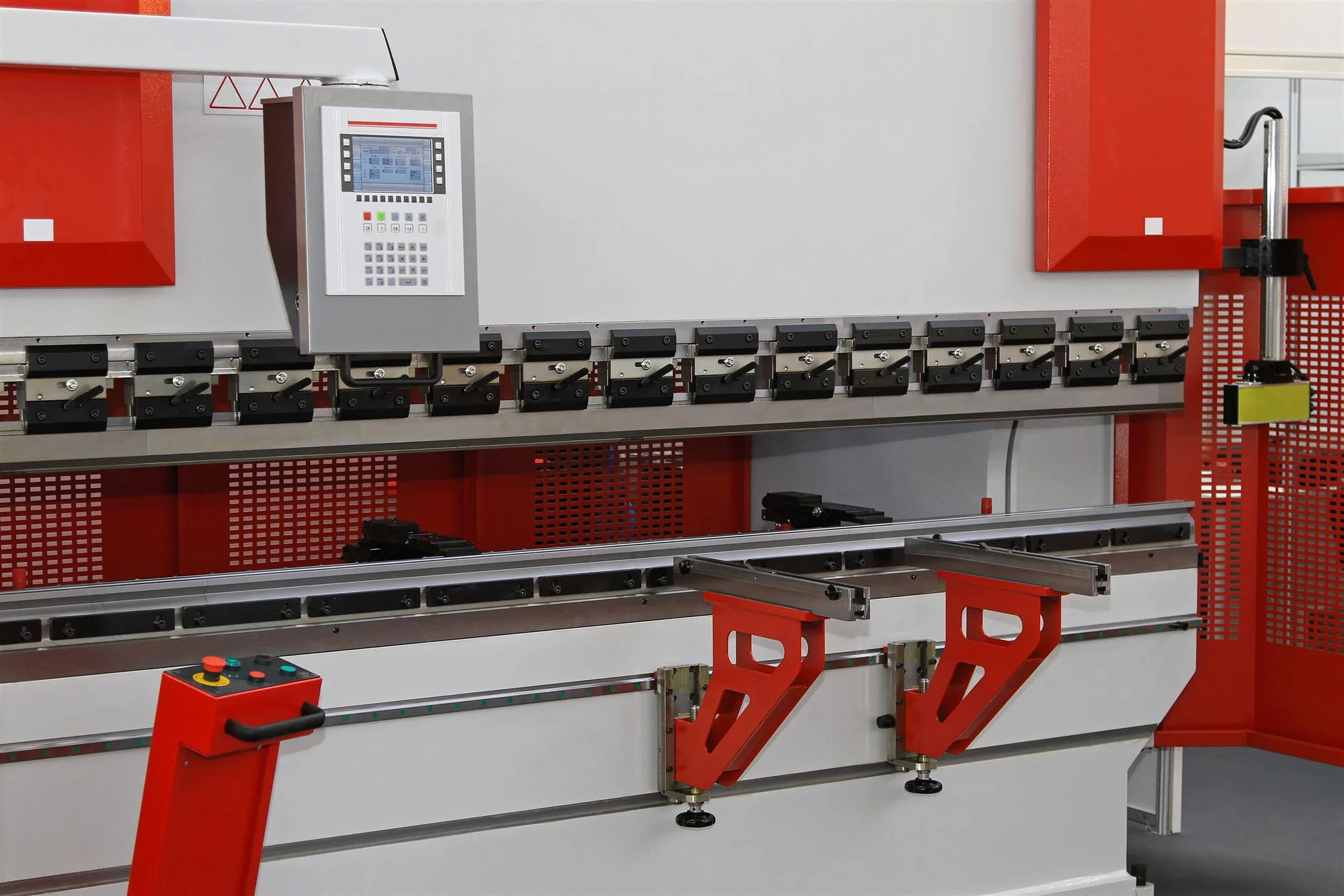How to Achieve a Perfect Press Brake Bend
Bending metal requires high-tech equipment and a very methodical approach. The steps are linear in nature and cannot be skipped without resulting in failure. Each step of using a press brake depends on the ones before it to achieve success. Use these steps to help you get the metal bend you’re looking for when using press brakes.
Know Your Materials
Different metals have different properties that determine how they react to stress. Metals will naturally bend back closer to their original shape when force is applied to them. Some metals need to be bent more than others to achieve the same end result. Metal also stretches when bent and at different rates, depending on the material. The measurements of the bend are typically determined by the type of metal being used, its thickness, and the shape of the die it is being pressed against.
Create a Drawing
Create a drawing of your desired bend by determining the shape of the bend you want and the materials being used. You can reference drawings from previous runs, if needed, but make sure the new bend is factually correct and consistent.
Select the Bending Method
Choosing the right bending method that’s most appropriate for the bend you want is vital. Most bending methods are very similar to each other, but they do have slight differences. Be sure the details of your plans will work with the method you choose.
Calculate Tonnage
Once you know your bend, calculate the tonnage needed for the bend based on the material, the bend you want, and the bending method being used. There are tonnage charts readily available to search for if there isn’t already one nearby the equipment you’re using.
Assess Tooling Position
Assess the tooling position of your material on the bend. If you find you need more tonnage than the machines concentrated load limit, then you can still do the bend, but it will have to be off-center. Check the press machine being used to see if it allows off-center loading and the limitations it can handle. It’s possible to finish the job by using these off-center guidelines, but it’s not safe to exceed them.
Install the Right Tooling
Install the correct tooling for the job. Once you’ve made the calculations, it’s time to set up the machine itself. This is typically the most time-consuming part of the process, so it’s important to make sure your numbers and processes are accurate. Manually setting up the various parts will vary slightly from machine to machine. Ask a press brake operator or consult the manual if you aren’t sure how to properly set up the machine.
Enter Your Calculations
Input the calculations into the press brake machine. This step highly depends on the machine you are using. Older machines may require some manual programming while newer ones have many things pre-configured.
Test Your Bend
Do a test run! Make sure everything’s good to go before doing a mass production run. If something doesn’t line up, go back to the previous steps and find the problem.
Keep in mind that some parts will have imperfections when you start your mass production. This is expected, and you should do some post-run testing to make sure the products meet your standards. If you need help choosing press brakes, feel free to contact the team at Quantum Machinery today.


